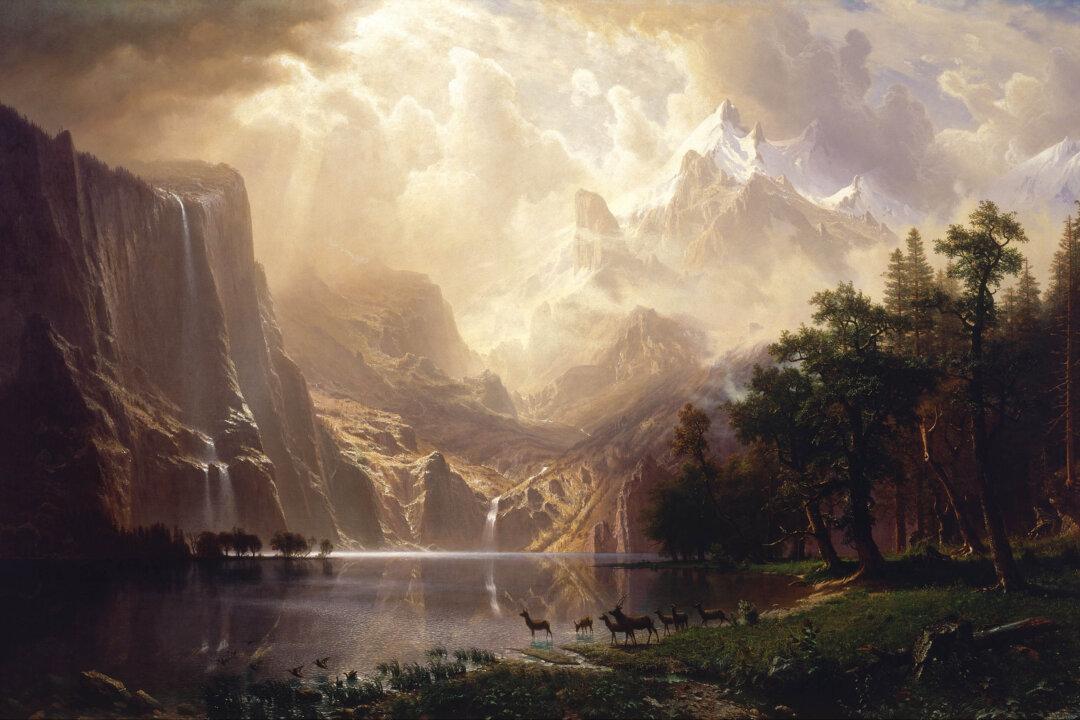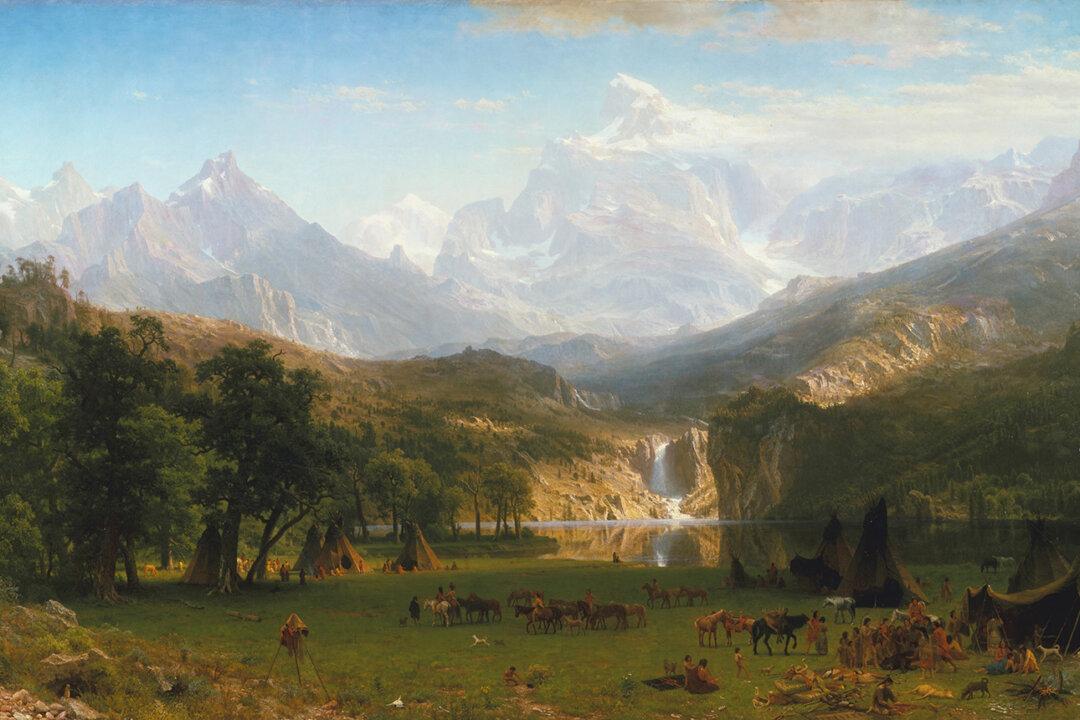Recently, I took a short hike on a trail in the Great Smoky Mountains National Park. The trek wound through dense forest, across quick-flowing mountain streams, and ended in a short climb to the base of a towering waterfall.
In the heat of midday, the cold mist from the falls was an exhilarating reprieve and allowed for inspirational reflection. There, isolated among the stillness of the afternoon, time seemed to stand still only for a few moments, until the trek resumed back down the mountainside.
‘Return to Reason and Faith’
The restorative experience was reminiscent of what Ralph Waldo Emerson describes in his 1836 book “Nature”:“In the woods, we return to reason and faith. There I feel that nothing can befal [sic] me in life,—no disgrace, no calamity…which nature cannot repair. Standing on the bare ground,—my head bathed by blithe air, and uplifted into infinite space,—all mean egotism vanishes.”
Emerson maintains that individuals can seek peace and solitude through connection with the natural world. This notion is particularly important in our modern existence, as it seems that mankind’s spiritual and physical relationship with the environment is fractured and continually degrading.




